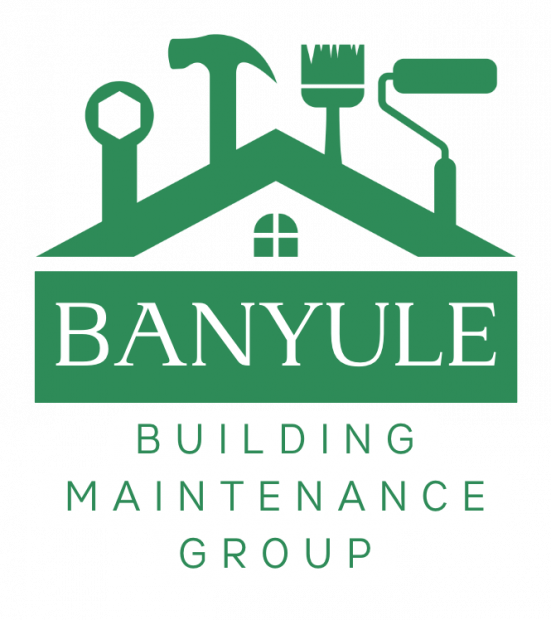Deck Sealing Melbourne: A Microclimate-Savvy Guide To Longer-Lasting Timber Decks
Melbourne decks live a tough life: high-UV summers, cool wet winters, and salt exposure in bayside suburbs. Smart sealing choices, good prep, and a maintenance rhythm extend beauty and service life without overcomplicating upkeep.
Why sealing matters in Melbourne
- UV resistance: Slows greying, fibre breakdown, and surface checking on timbers like Merbau, Spotted Gum, and Blackbutt.
- Moisture control: Reduces water ingress that drives swelling, cupping, and decay in shaded or damp zones.
- Cleanability: Sealed surfaces shed dirt and tannins more readily, keeping entertaining areas presentable.
- Corrosion support: Better moisture control supports fastener longevity, especially near pools or bayside areas.
Choosing a sealer: oils, water-based stains, and film-build finishes
Each finish type trades off appearance, breathability, and effort. The right choice depends on sun exposure, airflow, and how often the deck is used.
- Penetrating oils: Natural look, easy to refresh without heavy sanding; great for high-traffic areas. Best for damp/shaded spots where breathability helps manage moisture. Needs more frequent top-ups on west/north aspects.
- Water-based semi-transparent stains: Good UV protection with tint, quicker dry times, predictable colour. Suits most suburban decks; touch-ups require even technique to avoid lap marks.
- Film-build varnishes/2K clears: Highest sheen and strong UV blockers; demand disciplined prep and recoat timing. Best where water sits less and boards are dimensionally stable.
Tip: The glossier the finish, the more surface prep and ongoing discipline it needs to stay uniform.
Melbourne microclimates and what to use
| Microclimate | Common stress | Better choices | Service rhythm |
|---|---|---|---|
| West/north-facing | High UV and heat | UV-tinted water-based stain or premium oil with strong UV absorbers | Inspect at 6 months; top-up 6-12 months |
| Shaded or leafy | Slow drying, mold/mildew | Breathable penetrating oils; anti-microbial washdowns | Light clean quarterly; recoat 12-18 months |
| Bayside/coastal | Salt, wind-driven rain | UV-stable stain; frequent fresh-water rinses; stainless fixings | Rinse monthly; recoat 9-12 months |
| Poolside | Chlorine, sunscreen, constant wet | High-traction finishes; frequent gentle cleans | Clean monthly in summer; recoat 9-15 months |
Preparation steps that determine results
- Assess and repair: Replace loose or split boards, address wobbly handrails, and fix drainage that dumps water on the deck. Coatings do not repair structural issues.
- Gentle deep clean: Use deck-safe detergents and soft brushing. High-pressure cleaners can cause furring or lap damage if misused.
- De-tannin and neutralise: Particularly for Merbau; follow with a thorough rinse and dry time per product label.
- Dryness check: Moisture content should be within product allowances before sealing; timing matters after rain or washing.
- Mask and stage: Work in shade where possible, maintain a wet edge, and plan sections to match weather windows.
Application cues for an even, durable finish
- Board-by-board application reduces lap marks. Keep a wet edge and back-brush.
- End-grain sealing reduces capillary uptake and edge checking.
- Follow film build guidance: too-thin coats underperform; too-thick coats can peel.
- Respect cure windows before moving furniture or planters back on the deck.
Maintenance rhythm: small habits, big life extension
- Quarterly: Sweep debris, rinse salt or dust, check for ponding.
- Seasonal: Light clean at the start of spring and summer; address mold early in shaded zones.
- Annual: Inspect fixings, re-tighten, replace corroded hardware (stainless near coast/pools).
- Recoats: West/north aspects often need shorter cycles; shaded zones may stretch longer if kept clean.
Common Melbourne mistakes and how to avoid them
- Sealing trapped moisture: Leads to clouding, poor adhesion, or mildew. Allow adequate dry time after cleaning or rain.
- Over-pressure cleaning: Furs timber and weakens the surface for coatings.
- Mismatched finishes: Switching from film-build to oil without proper removal causes patchiness.
- Ignoring substructure: Rotting joists or poor flashing will undermine any coating choice.
When to consider professional help
Complex substrates, mixed previous coatings, tight weather windows, or access near gardens and pools benefit from experienced hands. If a uniform finish and warranty are important, seeking a specialist is sensible. For Melbourne homeowners comparing options, a single project can combine repairs, cleaning, and a tailored sealing system. Learn more about deck sealing Melbourne with a local team that handles preparation, protection, and long-term care.
Quick selector: match finish to lifestyle
- Entertaining every weekend: Penetrating oil for quick touch-ups and minimal downtime.
- Feature deck with architectural lighting: Water-based stain with UV tint for a consistent, modern look.
- Showpiece gloss: Film-build system if willing to maintain on schedule and keep surfaces dry during cure.
FAQs
Is sealing different from staining?
Yes. Sealers are primarily clear or lightly toned and focus on water and UV resistance. Stains add pigment to even out colour and improve UV resistance. Some products combine both.
How often should a Melbourne deck be resealed?
High-UV west/north aspects may need attention every 6-12 months. Shaded or sheltered areas can extend to 12-18 months if kept clean. Traffic, furniture drag, and pool chemicals shorten cycles.
Can a worn deck be sealed without sanding?
Only if the existing finish is compatible and sound, and the surface is cleaned and de-tannined. Heavy greying, furring, or failing film-build coatings often require sanding or stripping.
Which timbers respond best to sealing in Melbourne?
Merbau and Spotted Gum perform well with regular maintenance. End-grain sealing and drainage control help any hardwood last longer, especially near coastlines or pools.
Does sealing make a deck slippery?
Some high-sheen film-build coatings reduce traction when wet. Anti-slip additives and regular cleaning of biofilm and dust improve grip. Oils and low-sheen stains typically maintain better underfoot feel.
